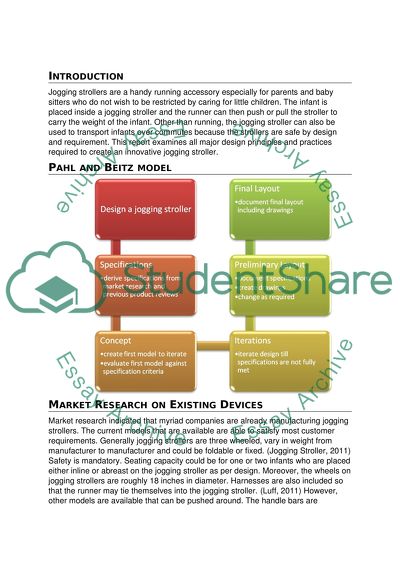Cite this document
(“Design Principles and Practice Coursework Example | Topics and Well Written Essays - 1750 words”, n.d.)
Retrieved from https://studentshare.org/design-technology/1428480-102med-design-principles-and-practice-resit-coursework
Retrieved from https://studentshare.org/design-technology/1428480-102med-design-principles-and-practice-resit-coursework
(Design Principles and Practice Coursework Example | Topics and Well Written Essays - 1750 Words)
https://studentshare.org/design-technology/1428480-102med-design-principles-and-practice-resit-coursework.
https://studentshare.org/design-technology/1428480-102med-design-principles-and-practice-resit-coursework.
“Design Principles and Practice Coursework Example | Topics and Well Written Essays - 1750 Words”, n.d. https://studentshare.org/design-technology/1428480-102med-design-principles-and-practice-resit-coursework.


